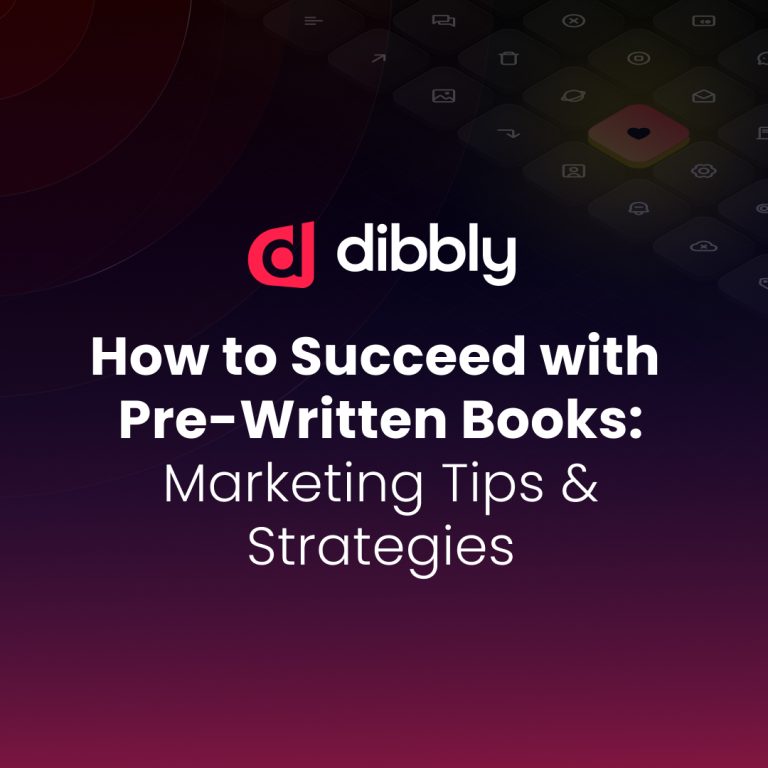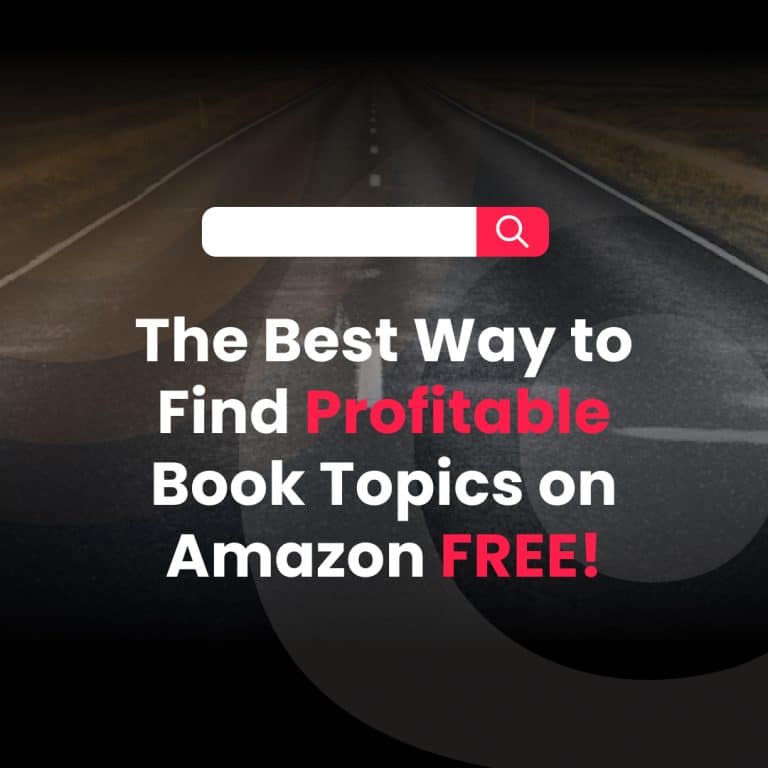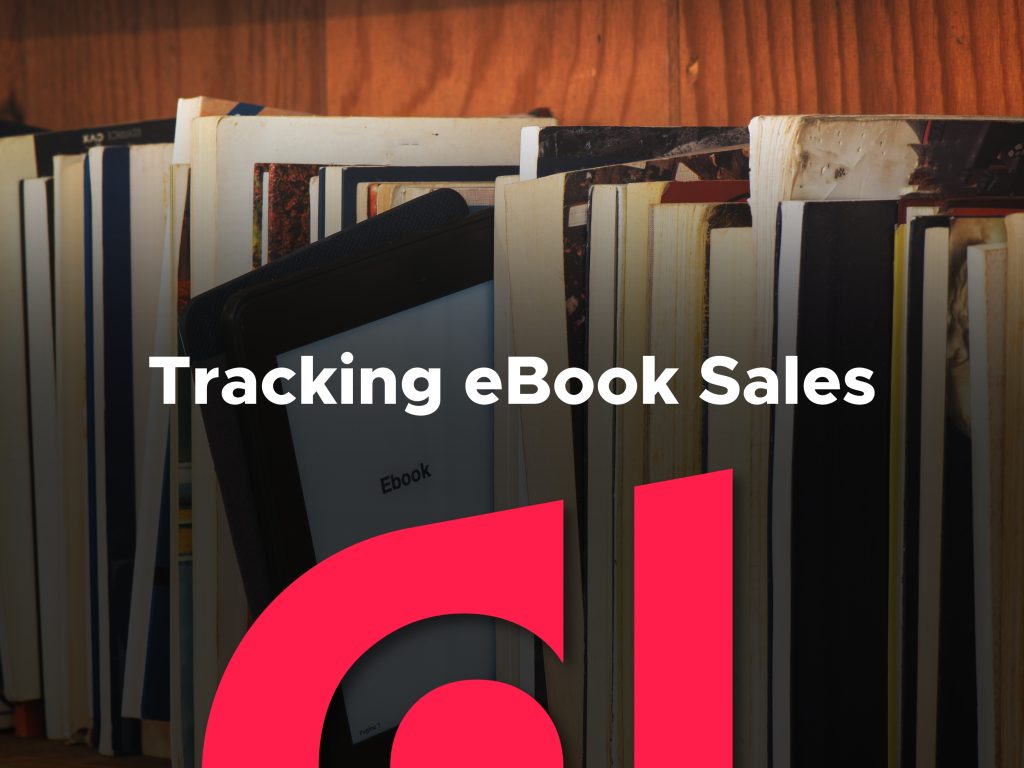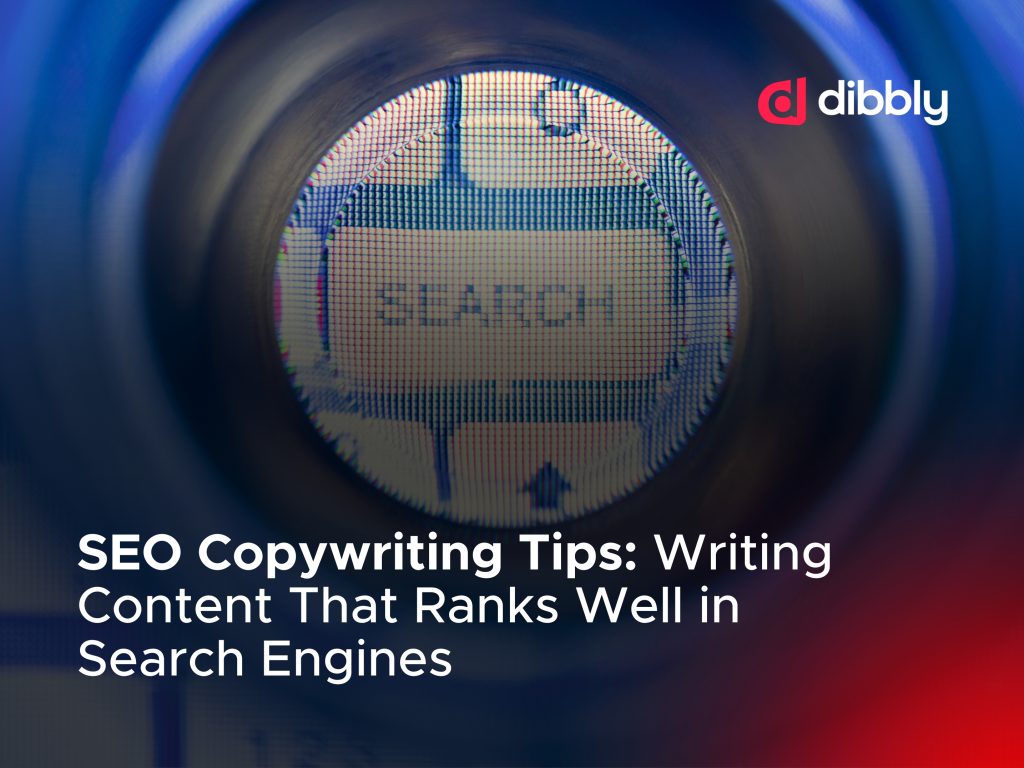Author direct sales are becoming more popular in an age of increased digital literacy and opportunity. Let’s look at the pros and cons of direct sales, and self-publishing advantages and disadvantages. We will also provide some tips on how to set yourself up to sell directly.
Author Direct Sales: How It Works
Author direct sales involves selling your books directly to readers without using any other retailers. No, you don’t have to go door to door with a hat and briefcase and try to convince people to buy some of your books; you sell your work through your website.
You can set up your own personal website through a hosting platform (such as WordPress) and use it to sell your work as an alternative to putting it in bookstores or on a website like Amazon. Having your own personal author website allows you to have a sort of hub for yourself and work as a writer. When readers search your name, they will be brought to your website, where they can buy your books.
A personal author website could feature your own blog or place for podcasts, as well as necessary e-commerce tools and widgets. Through your website, you can advertise yourself and your book and interact with your readers.
It’s important to note that when selling directly, you have to stock your book in physical form or organize it to be made into a print book. You can use a self-publishing service to arrange the printing and design of your book. You will be completely in charge of marketing your work, promoting yourself, and getting traffic to your website.
So, in reality, you’re cutting out the middleman entirely and strengthening your author platform.
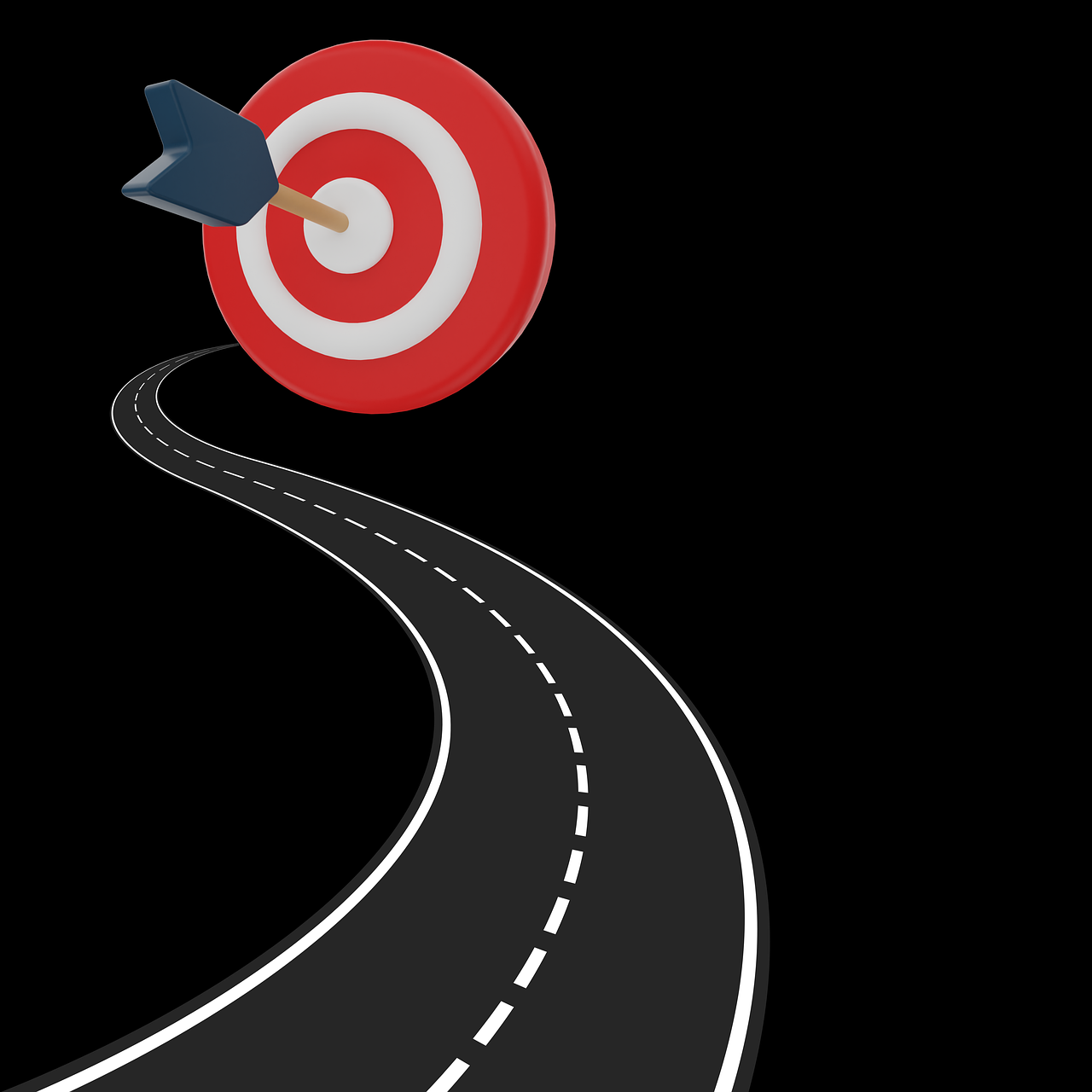
Selling Direct Pros and Cons
Like most things in life, author direct sales have positive and negative aspects. When we look at the different aspects of selling direct, the pros and cons are closely linked.
One simple thing going direct means is that you will get all the profits but will have to put in a lot more work. With a traditional publisher, the publisher gets a share of the profits but does a lot of work to publish your book. They will have the work edited and will cover the cost of putting together the physical print book (so they will do the cover and printing for you). The publisher would also help to promote your book and get it into stores and online retailers. That being said, by paying for all of these things, the publisher would demand a level of creative control and could make changes to the work or design of the book.
On the other hand, when selling directly, you have complete creative control over the content and presentation of your book. As well as this, you will get a share of the profits. But at the same time, you have to pay for and organize everything yourself. For self-publishing, there are services that will help you and allow you to remain in creative control, but you will have to pay for each part of the service.
In terms of how you get paid, selling direct can be more convenient, as there’s no waiting around, and you get the money immediately. This is different from traditional publishing, where you will get an advance but then have to wait for supplementary payments throughout the year. Although it should be noted that you aren’t guaranteed to sell books either way, traditional publishers have more connections, and you will get some money while spending less, so if you can put together a successful pitch and get signed, you at least have the guarantee of getting paid. It can be a big challenge to get people to visit your website and buy your book when you haven’t been published previously or don’t have any other work out there.
When we look at selling directly, it seems worthwhile once you’ve already developed a following and established yourself. You don’t have to worry about sharing profits because buyers are buying directly from your website; and you can make your website a complete hub for everything you do with all your books as well as any additional goods you want to sell, and you can do it all on your own terms.
If you are selling directly, you are also self-publishing, so let’s look at the advantages and disadvantages of self-publishing.

Selling Direct and Self-Publishing Advantages
- You will retain full creative control over your work.
- You get access to data from your readers.
- You can personalize orders and build a connection with your reader.
- You can create a mailing list of readers.
- You get all the profits.
- Readers will directly go to your website, which you can use as a hub for anything you want to sell and put out there.
Selling Direct and Self-Publishing Disadvantages
- It’s more expensive to start with.
- You are fully responsible for setting up and maintaining your website.
- You will have to sort out all the issues regarding tax.
- You will not be ranked on online retail websites.
- It can be harder for new readers to find your work.
Selling Direct Pros and Cons Summary
Author direct sales takes a lot of work to set up, but there is more reward. Looking at the advantages of self-publishing, it is clear that it is suitable for new authors as they don’t have to wait for approval, but selling direct may be a step too far for someone who doesn’t have an established brand just yet. At the same time, traditional publishing is also a huge challenge to break into for a new author, and you relinquish certain levels of creative control. So what’s the best solution?
The best way forward for a new author who wants to keep creative control and would like to sell directly eventually would be to gradually build up to it. It may be wise to self-publish their work but sell it through traditional bookstores or online retailers first. This will mean you get to retain creative control and ensure your work gets out there. While you won’t get all the profits, you will benefit from online retailers recommending your book to customers through algorithms (for example, your book will come up alongside those with a similar genre). By doing this, you will build up an audience and following, which you can then market to and direct towards your future author’s website. So you are building a readership and retaining them, which will mean you sell more books in the future than if you just dived right into direct selling.
Selling books to your readers is a viable option once you have secured a large readership, and that takes time. So, it’s no harm in gradually building up to selling direct.
An alternative option is to do a mixture of selling direct and using other retailers. You can have your book up on other websites and in bookstores, and you can also sell it on your own.
You can then see yourself having more success—when readers find your book at an online retailer or in a real bookstore, they can then be directed to your website, where the rest of your work is. So really, you are getting the benefits of both.
There are benefits to selling direct as well as drawbacks, most of which involve getting more money but having to do more of the work.
Key Considerations for Author Direct Sales
So, we know selling direct has pros and cons, but if you choose to go down that route, here are some things to take on board:
- Style: Make sure your website looks the part. If your website is going to be your home and a hub for everything you offer as an author, then it needs to be an attractive place to visit. Take time to plan out what the home page will look like and what your color scheme and design will entail. There’s a balance to be struck between not having your site really bear with very little on it and having a website that is far too busy. It’s best to keep it simple with an attractive homepage and some purposeful subsequent pages. The color scheme only needs two or three core colors, and there’s no need for irrelevant content. Particularly important is that your website is easy to navigate; it should be clear where people have to go to buy your book and get around the site.
- Update: If your website has been there for months at a time with no new content, then it will look terribly outdated and slide down Google search engine results. Visitors who visit your page and see that it’s been abandoned will just move on somewhere else. A great way to create regular new content is with a blog section. Your blog posts can be short and even consist mostly of images, but they will work as regular content to keep your readers coming back. If you can afford it, you could even get freelancers to write some regular content that is connected to your genre of writing. And in terms of updating your site, make sure you give updates on when your next book will be released and any other author news.
- Eco-Friendly: Sustainability is of great importance in the times we live in. The world is facing a very real crisis in relation to climate change and pollution. When organizing, delivering, and packaging your books and products, ensure you use sustainable, eco-friendly methods. This may be a case of shipping items in bulk and using renewable materials for packaging. We all have to play our part to increase sustainability in the way we live.
- SEO: You want your website to be what shows up when people search for your name, so your website needs to be optimized for search engines. Ensure your homepage includes keywords like your pen name and the names of any of your books. This goes for your blog posts too; ensure they are optimized with the correct usage of keywords and tags so that people will land on your page.
- Specials: Throughout the year, it can boost your site traffic and sales to offer deals and special offers or to change your website to revolve around a theme. It’s a good idea to post content relevant to the time of year (such as Christmas or Halloween) and take advantage of busy shopping times of the year like Black Friday and Cyber Monday.
- Reviews: You should place any great reviews you get prominently on your website, maybe even around the homepage. You may need to seek out genuine feedback, as not all reviews that come through online are worth taking into consideration. But it will help you sell more books if you have proof that they have been well-received by readers.
- Social: All of your social media should be linked to the page. Everything from your YouTube channel to Instagram should be placed on your site. Often, on website hosting platforms, you can post feeds from your social media platform or even podcasts. If you are trying to build your page, things like videos on YouTube, podcasts you’ve been in, and social media posts are easy ways to get content out there, and social media activity helps you market yourself.
- Data: When you sell directly, you’ll be able to see the information your readers provide, like where they are in the world and other information on their demographics, like age and gender. This will help you establish who your target audience is, which means you will know who to direct your content towards.
Author direct sales can be challenging to set up and manage, but these 8 tips will help you along the way.

Final Thoughts
Selling direct has pros and cons, and whether or not it is the best option for you depends on your situation as an author. The benefits of author direct sales and self-publishing advantages are clear, but so are the challenges.



